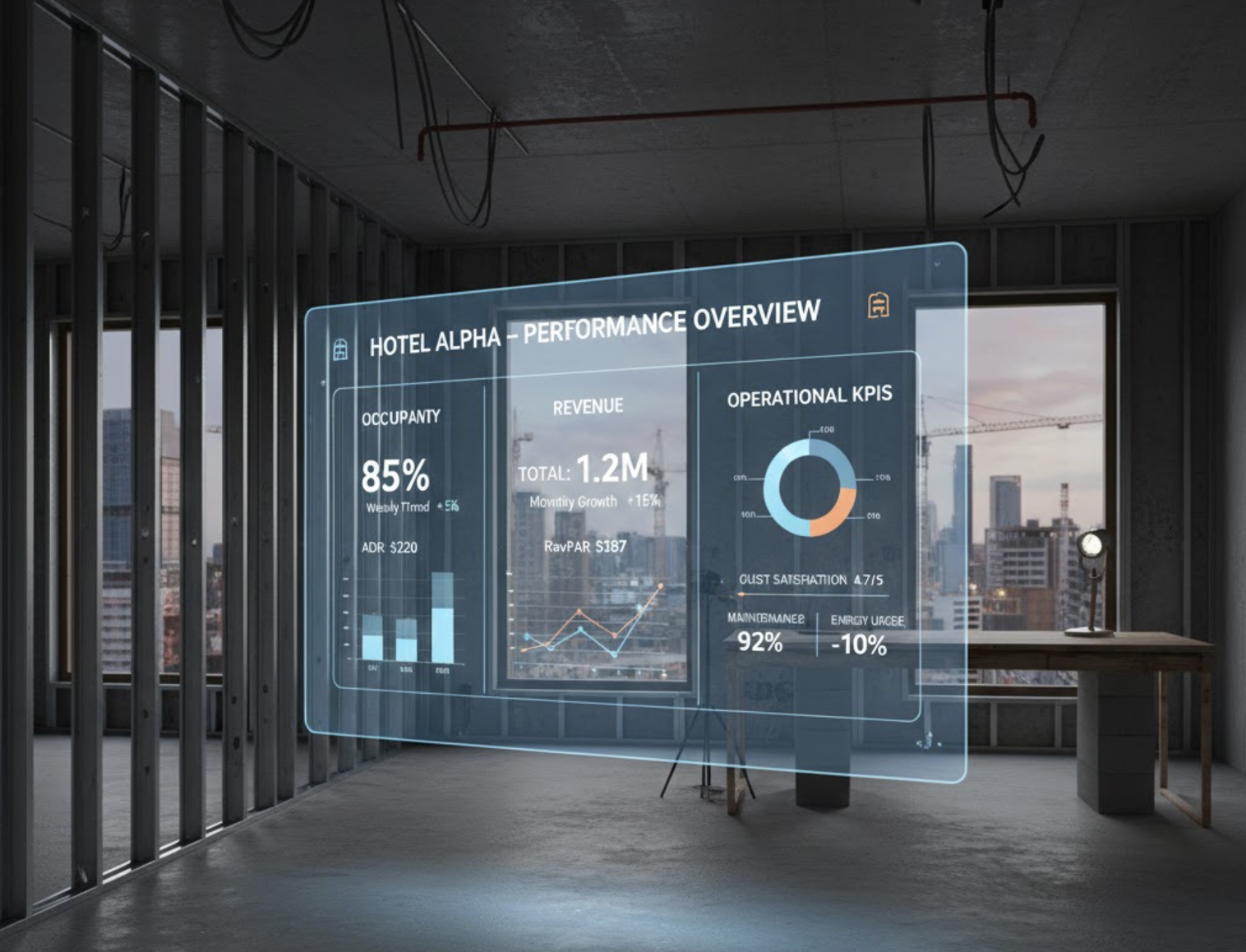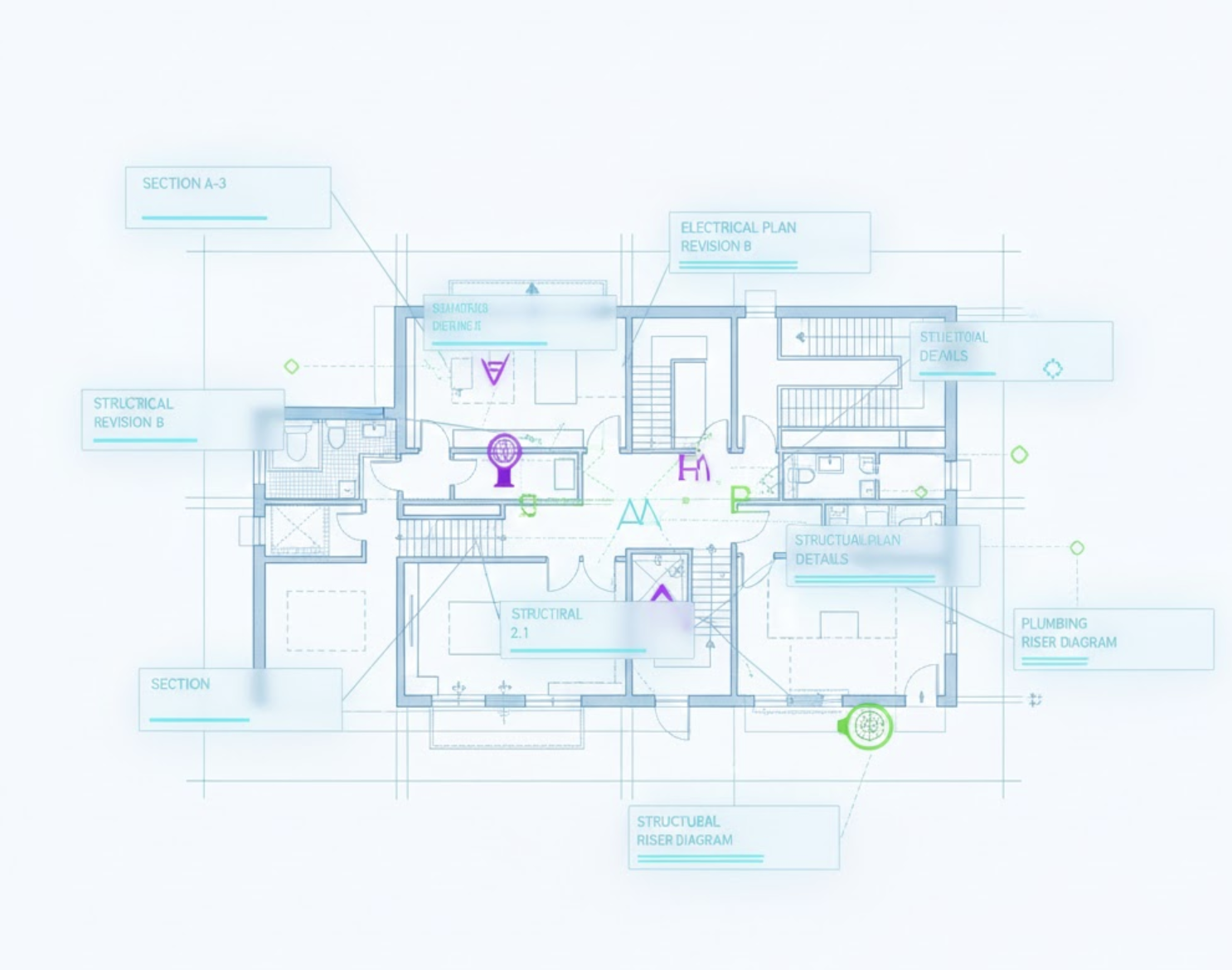Post-Tender Clarifications: The Silent Killer of Project Timelines
In the complex world of construction management, post-tender clarifications often emerge as a major challenge that can significantly delay project timelines. These clarifications refer to queries or requests for additional information raised by clients or procuring authorities after tenders (bids) have been submitted but before the award of contracts. While they aim to ensure alignment and resolve ambiguities among all parties involved, poorly managed clarifications can become critical causes of delays.
How Post-Tender Clarifications Impact Timelines
Post-tender clarifications can disrupt project schedules in several significant ways. First, large or complex tenders often see multiple rounds of clarifications required. Each round can stretch over several days, leading to cumulative delays. Moreover, clarifications can introduce changes in project scope or specifications, which necessitates re-evaluation of proposals, ultimately causing ripple effects on schedules and resource planning.
Another contributing factor is that prolonged negotiation loops during the clarification phase can delay project commencement—particularly when parties are slow to respond or disagreements arise. This can be compounded by communication lags between procurement officials and bidders, which increase the risk of misunderstandings and late resubmissions. Furthermore, if not meticulously tracked, post-tender clarifications may expose projects to audit or compliance challenges, especially if transparency and fairness are questioned.
Common Triggers for Post-Tender Clarifications
To better manage post-tender clarifications, it’s crucial to understand their common triggers. These include:
- Technical Ambiguities: Differences in technical specifications, methods, or compliance documents often lead to more queries.
- Pricing Details: Breakdowns of costs are necessary to explain unusually high or low bids, ensuring all required services are included.
- Timelines and Capabilities: Vendors must validate the proposed timelines and clarify their experience with similar projects.
- Legitimacy and Due Diligence: Verifying claims by bidders helps in avoiding the selection of non-compliant or fraudulent parties.
Statistics and Impact on Project Phases
The impact of post-tender clarifications on project timelines is considerable. Estimates indicate that up to 20% of overall tender processing time for medium and large construction projects can be attributed to these clarification processes. Additionally, projects with poor clarification protocols are observed to have an average of 10-15% longer pre-contract phases than those with structured procedures.
Best Practices for Managing Post-Tender Clarifications
To mitigate the risks associated with post-tender clarifications, several best practices can be employed:
- Prepare in Advance: Anticipate areas of potential clarification and draft clear, unequivocal tender documents. Always incorporate a buffer for clarifications in project timelines.
- Structured Processes: Implement well-defined clarification schedules that outline timelines, responsibilities, and escalation paths.
- Transparent Documentation: Keep an up-to-date audit trail of all clarification exchanges to ensure compliance and traceability.
- Effective Communication: Ensure the timely flow of information between procurement teams, evaluators, bidders, and technical specialists at every stage.
- Decision-Making Protocols: Establish clear criteria for when a clarification may lead to re-bidding, contractual change, or disqualification.
Technological Solutions and Innovations
With the increasing complexity in construction management, leveraging technology solutions is essential. Digital tender management platforms, for example, can automate clarification workflows, centralizing query responses and managing deadlines efficiently. Many platforms are equipped with built-in audit logs and version control for documents, which facilitate prompt access to records and documented changes.
How Zepth Helps Overcome the Challenges of Post-Tender Clarifications
At Zepth, we understand the challenges posed by post-tender clarifications and are dedicated to providing solutions that streamline your construction management processes. Here are some ways Zepth addresses these challenges:
- Centralized Document and Communication Management: Zepth enables stakeholders to manage tender documents and clarifications in a secure cloud environment, drastically reducing miscommunication and delays. Check out our Tender Management tool for more details.
- Automated Audit Logging: Each clarification, amendment, and response is automatically tracked and linked to relevant project records, which supports compliance and transparency during critical construction projects.
- Real-Time Collaboration: Teams can access, review, and respond to clarifications instantly, ensuring the necessary internal experts are involved without delay.
- Customizable Workflows: Zepth accommodates configurable approval hierarchies and escalation procedures, ensuring that critical clarifications do not stall overall project progress. Learn more about our Project Controls.
- Data-Driven Insights: Through analytics, users can visualize clarification volumes, trends, and bottlenecks, facilitating continuous improvement in the tendering process.
For those looking to enhance their tender management processes further, explore our detailed guide to construction workflow management.
Conclusion
Post-tender clarifications can significantly impact project timelines, but by utilizing best management practices and taking advantage of innovative technology solutions like those offered by Zepth, organizations can minimize delays. The construction industry continues to evolve with emerging technologies, and implementing AI-driven solutions can further streamline the management of clarification processes, ensuring a smoother path from tender submission to project execution.




